One of the true gifts that one can have is to find out what it is that they truly love to do.
Keith Black was born in Tuskegee, Alabama. Shortly thereafter his family moved to Auburn, Alabama, where his mother, Lillian, was a schoolteacher, and his father, Robert, was the principal of Boykin Street Elementary School. Though the Supreme Court had declared school segregation unconstitutional years before Keith Black was born, the state government of Alabama continued to mandate separate schools for black and white children. Robert did his best to circumvent the enforced segregation by employing an integrated faculty in his school, and encouraged his sons to swim in the “whites only” swimming pool. From an early age, Keith Black was fascinated by biology, and taught himself to dissect frogs. Encouraging his son’s interest, Robert bought a cow’s heart for his son to dissect.
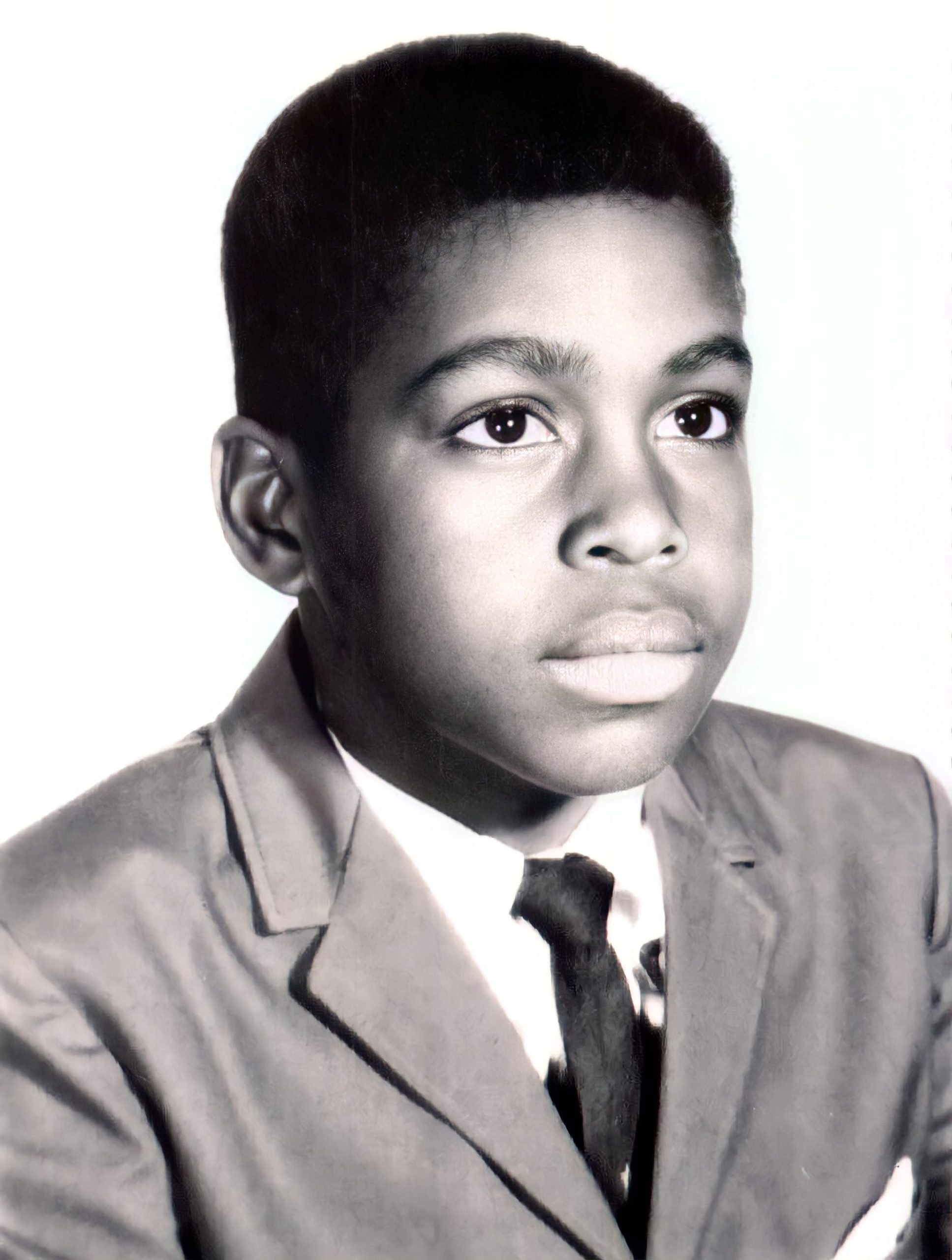
When Keith was ten, Robert Black moved his family to Cleveland, Ohio, seeking superior educational opportunities for his two sons. As a teenager, Keith joined an apprentice program at Case Western Reserve University to learn basic laboratory skills. While still in high school, he took a part-time job at Cleveland’s St. Luke’s Hospital. As an assistant to Frederick Cross and Richard Jones, inventors of the Cross-Jones artificial heart valve, he learned to perform transplant surgeries and heart valve replacements on laboratory dogs. In the course of his work in the Cross-Jones laboratory, he observed damaged red blood cells in patients with heart valve replacements. These observations formed the basis of Black’s first scientific paper, published at age 17. The paper also won him the national Westinghouse Science Talent Search competition. After graduating from Shaker Heights High School, he was admitted to the University of Michigan Medical School’s accelerated program, allowing him to complete an undergraduate degree and medical school in only six years.
At the beginning of his medical studies, he became fascinated by the workings of the brain. In addition to studying the anatomy of the brain, he pursued studies in chemistry, physiology, psychology, philosophy, religion and mysticism, in an attempt to grasp the mechanism of human consciousness. In the end, this multidisciplinary exploration led him back to an intensified study of the physical structure of the brain. For his medical specialty, he chose to pursue one of the most notoriously difficult areas of medicine, neurosurgery. A newly minted doctor at age 24, Black remained at the University of Michigan to complete an arduous internship and neurosurgical residency. In 1987, he joined the medical school of the University of California, Los Angeles (UCLA) as an assistant professor of neurosurgery.
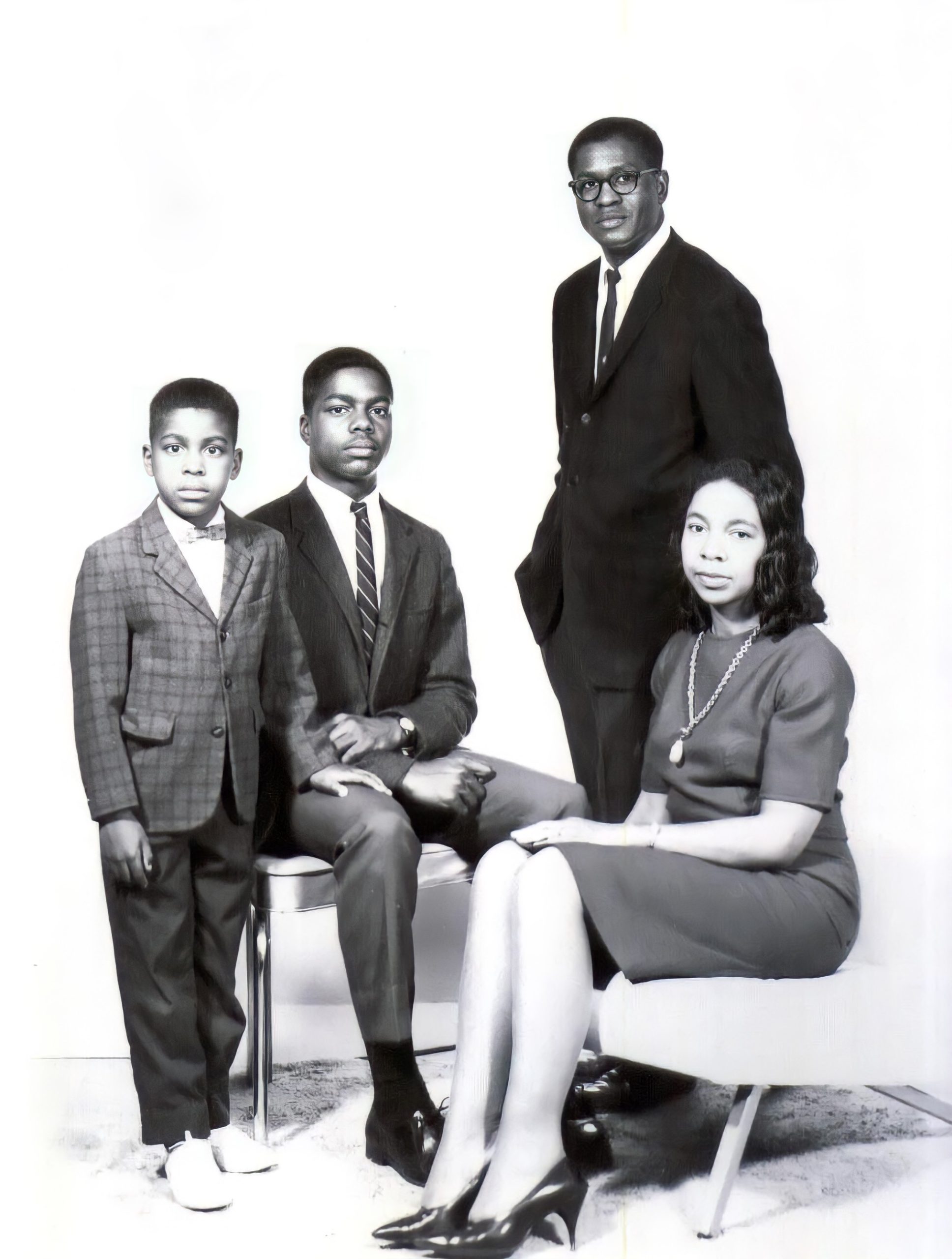
Of all the challenges facing the neurosurgeon, the most difficult involve the removal of tumors from the brain: cut too much and the brain is permanently damaged; cut too little and the cancer will probably recur. Over the next decade, Keith Black attacked the problem from every possible angle, perfecting his dexterity as a surgeon while exploring breakthroughs in basic science to devise new strategies for combating brain cancer.
Chemotherapies that proved successful in treating other cancers were largely ineffective in cases of brain cancer. The brain is protected by a dense mesh of capillaries, the so-called “blood-brain barrier” — that diverts and dilutes most medications before they can enter the brain. Since medical school, Black had been fascinated by leukotrienes, naturally occurring compounds that enable swelling around traumatic injuries. Among other properties, leukotrienes cause the capillaries to leak. Black conjectured that similar substances, applied to the blood-brain barrier, could permit therapeutic chemicals to enter the brain. Unfortunately, leukotrienes affect the capillaries of healthy brain tissue as well as those of tumors, exposing the brain to the toxic effects of the chemicals. Undaunted, Dr. Black continued his search for a compound that would facilitate effective chemotherapy for brain cancer.
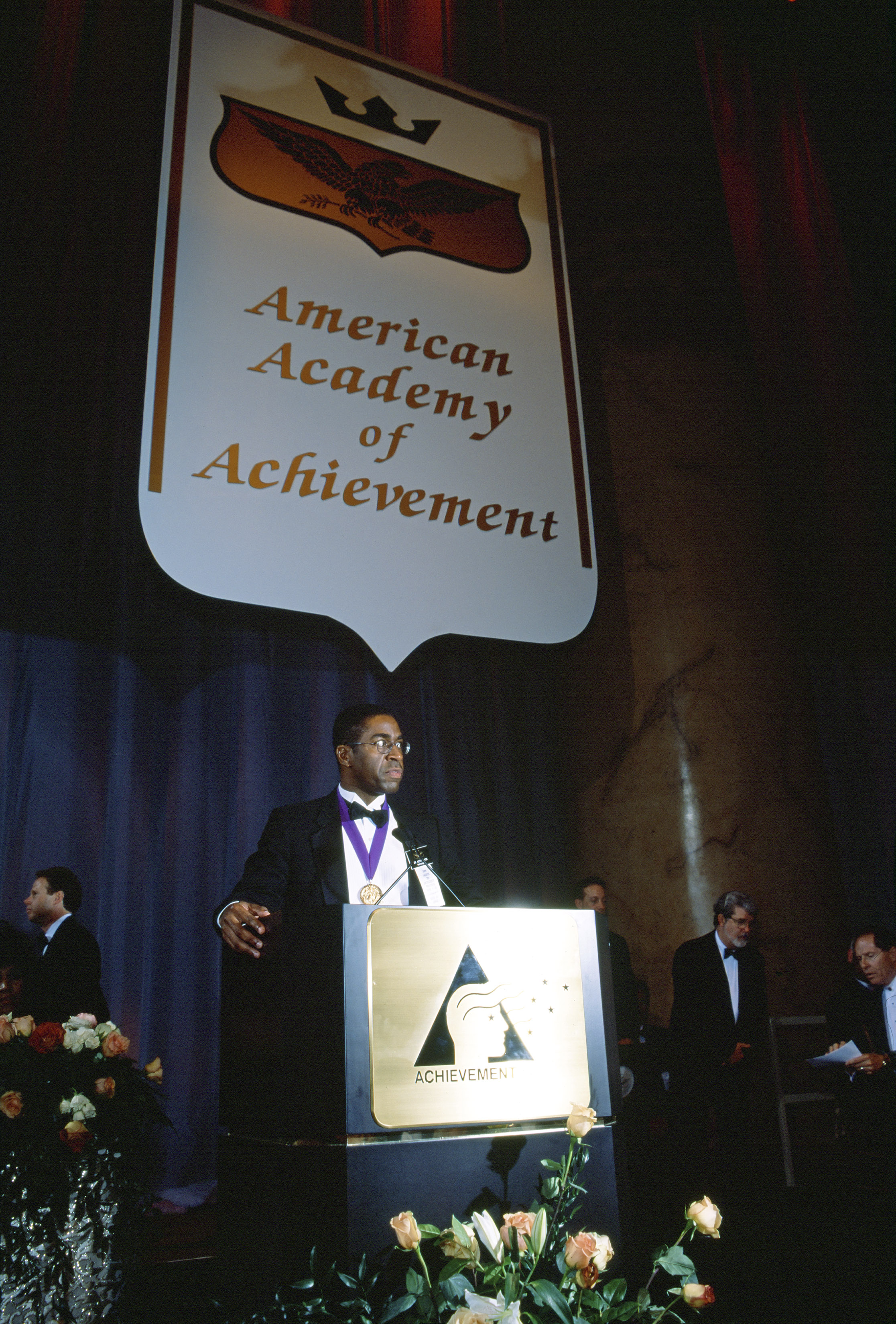
At last, Black identified a naturally occurring peptide called bradykinin. Unlike the leukotrienes, bradykinin only affects the blood vessels of cancerous tissue, allowing therapeutic chemicals to attack brain tumors without affecting the healthy tissue of the brain. In 1994, Dr. Black patented a novel therapy, employing RMP-7, a synthetic version of bradykinin. That same year, Dr. Black was appointed to an endowed professorship at UCLA, and named to head the school’s Comprehensive Brain Tumor Program, where he expanded his search for new cancer therapies.

After ten years at UCLA, Dr. Black moved to the neighboring Cedars-Sinai Medical Center to lead the newly formed Maxine Dunitz Neurological Institute. While running the Neurological Institute at Cedars-Sinai, Dr. Black also served for five years on the faculty of the University of California Irvine School of Medicine. By this time, his work had drawn national attention. He was profiled on the public television series The New Explorers, the magazine Esquire included him on its list of “The 21 Most Important People of the 21st Century,” and TIME magazine featured him on the cover of a 1997 special edition, “Heroes of Medicine.”

At Cedars-Sinai, Dr. Black’s search for new therapies produced a second major discovery. Previous research had revealed that many cancers are effectively blocked by the human immune system, but that certain brain cancers produce a substance that renders them invisible to the body’s natural defenses. This substance, known as transforming growth factor-beta (TGF-beta), became the next target of Dr. Black’s attention. He devised a novel therapeutic approach in which cancer cells are harvested from the individual patient, cultured, and genetically altered to remove their capacity for producing TGF-beta. Reintroduced into the patient’s system, they stimulate the body’s natural immune defenses. The immune system responds immediately to the re-engineered cancer cells, and continues attacking whatever cancer cells surgery or other therapies may have missed.

Dr. Black has continued his exploration of the body’s natural capacity to defend itself against cancer, extracting a patient’s white blood cells and training them in the test tube to search out and destroy cancer cells. In laboratory rats, this process successfully eliminated glioblastomas, among the most pernicious brain tumors. Of the handful of surgeons who specialize in brain tumor surgery in the United States, few perform more than 100 surgeries over the course of a year; Keith Black typically performs more than twice that number in a given year. In the first two decades of his career he performed well over 5,000 such operations. In many cases, Dr. Black has saved the lives of patients with brain tumors that other surgeons believed were inoperable. He has pioneered a new surgical approach to clival chordae, a deadly cancer that occurs at the base of the skull. Previously, surgeons could only reach these tumors by slicing though the brain, causing irreversible damage. Black pioneered a method of reaching the skull base through the nasal passage, extracting the cancerous tissue without touching the brain at all.
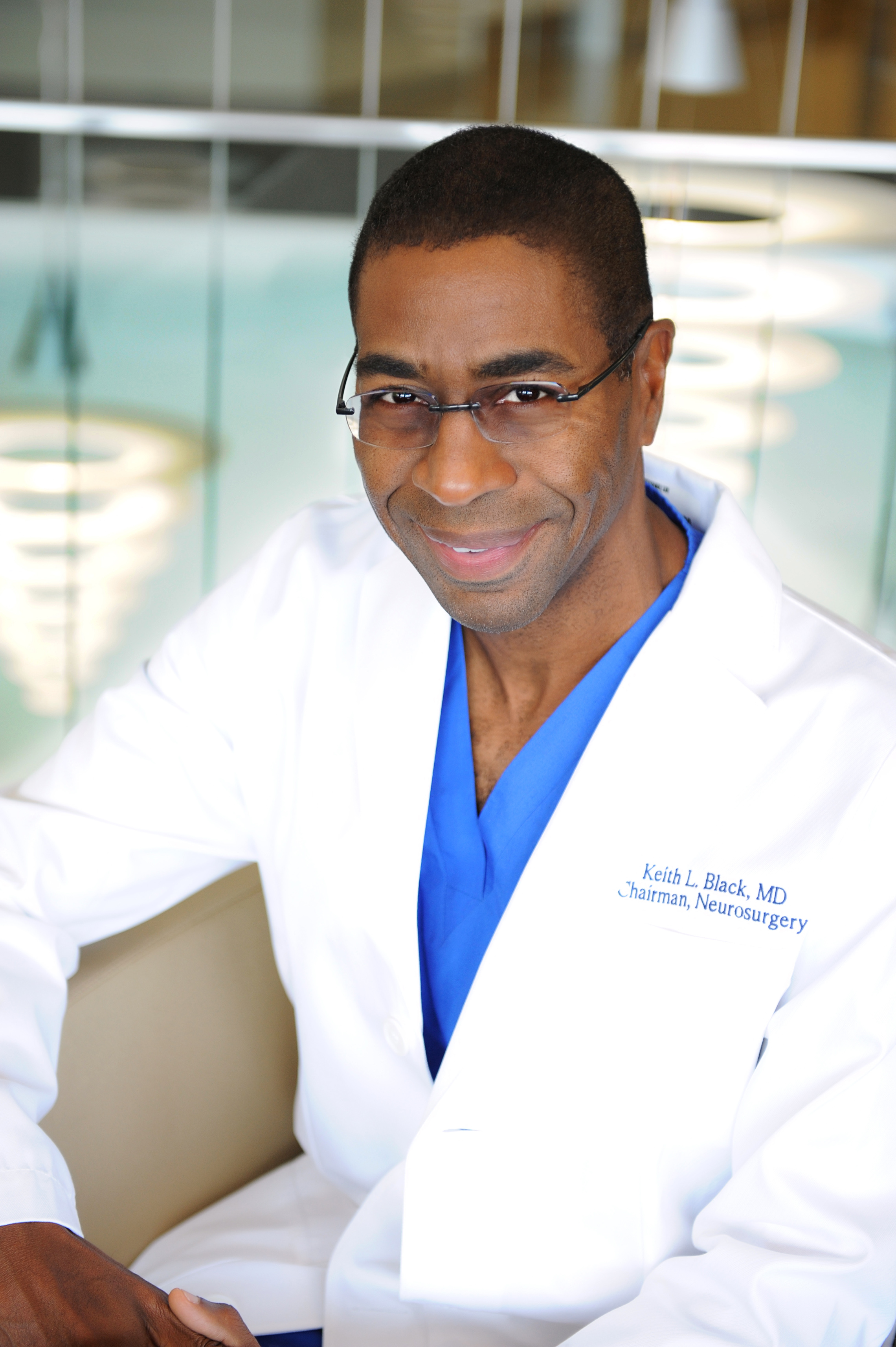
In 2007, Dr. Black opened a new brain tumor research center at Cedars-Sinai, named for the late Johnnie L. Cochran, Jr. The renowned defense attorney was a former patient of Dr. Black’s and a longtime supporter of the center’s fundraising efforts. At the Cochran Center, he continues to develop new approaches to the treatment of brain cancer. He has explored new uses of magnetic resonance imaging (MRI) technology, including three-dimensional and real-time imaging processes that enable the surgeon to identify and protect “eloquent” brain tissue — responsible for thought, movement or speech — during surgery. He has also made use of precisely targeted microwave radiation to kill cancer cells, a computer-driven technology that may someday be performed remotely, without requiring the physical presence of the surgeon in the operating room.
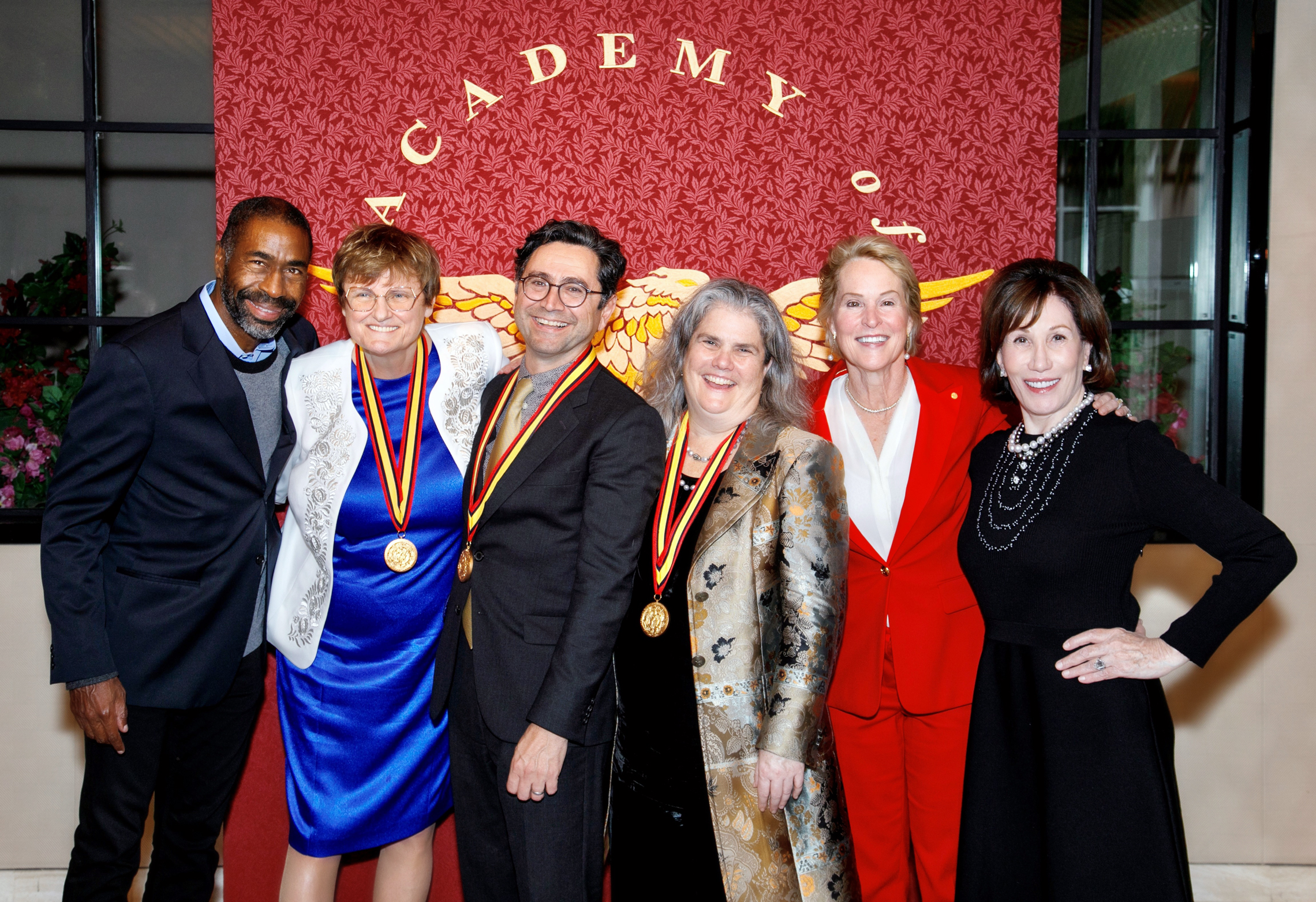
Keith Black makes his home in Los Angeles, with his wife, Carol, who is also a distinguished physician. They have two children. Away from the laboratory and the operating room, Dr. Black shows a pronounced taste for outdoor adventure. He enjoys mountain climbing, whitewater rafting and skydiving. He has trekked through the Himalayas, rafted Africa’s Zambezi River and climbed Mt. Kilimanjaro. His autobiography, Brain Surgeon, was published in 2009.

From a segregated elementary school in Alabama, Keith Black emerged as an award-winning scientific prodigy, practicing transplant surgery on laboratory animals and publishing his first scientific paper while still in his teens. In medical school, he discovered his life’s passion, the human brain.
Although it is famously regarded as the most difficult specialty in medicine, Keith Black has excelled in brain surgery, not only through his fantastic dexterity, but through a series of visionary discoveries that have revolutionized the treatment of brain cancer. Among other innovations, he identified the compound that enables chemotherapeutic drugs to penetrate the blood-brain barrier, and pioneered a vaccine-like treatment to mobilize the body’s immune response against cancers of the brain.
In little more than 20 years, Keith Black has performed over 5,000 brain tumor operations, extracting cancers so inaccessible that other surgeons had dismissed them as inoperable. Patients from all over the world come to Dr. Black’s facility at Cedars-Sinai, to be treated by the man they regard as a miracle worker.
In your life, you’ve combined a career as a brain surgeon, surely the most difficult specialty in medicine, with a career as a research scientist. What drew you to such difficult choices? What drives you?
Keith Black: There is, I think, an innate drive in humankind to create, to develop something new, to build on what we already know as a body of knowledge. The second is that there is something very spiritual. There is something very special about healing, about helping someone in need that’s sick and trying to make them whole, to help their families. That’s what’s special about being a physician. And what’s special about being a physician scientist is that you take that to one additional level, and that we know now that there are some diseases that we cannot cure, so we’re limited. We know that we can only go so far with current technology to help our patients and help our families. So when we run up against our limitation, the drive in the researcher in me is to say, “We can do better. The next patient that I see is not going to die from this cancer. We’re going to have them live a longer and better life.” And that’s the drive, to find the technologies to cure the diseases that are killing my patients.
What gives you your greatest sense of satisfaction?
Keith Black: In terms of work, I would have to say there are three or four global things that I really enjoy. Two are in work. And in terms of the work…
There is an immediate gratification that you get when a patient comes to you with a very complex brain tumor, and you can go and you can remove that brain tumor successfully, restore function in that patient, and have them go home in two or three days. I mean, you have given that patient and their family something, and that makes you feel good. And again, I may allow myself to enjoy that for a few minutes, but then you realize you have four other patients. You need to go and do exactly the same thing for the next day. So you never allow yourself to become cocky or conceited — “Look how great I am!” — but that’s sort of an immediate gratification. There is a different gratification that comes in research and science, and it’s longer term. It’s the thrill of the discovery. “Wow! We figured out how this works, now that we have been working on it for five years,” and that’s it. That’s how it comes together. That feeling can last for a longer time. It takes a longer time to get to, but you can feel good about that for six months or a year, because the discoveries are longer in between. So those are really sort of the two drives. And then if you can convert that discovery towards a better treatment for your patients… for example, we’re now working on developing what we call a “vaccine for brain cancer” that we’ve taken into clinical trial, and translating that for better care for patients with a disease that we do not have a cure for at this time.
So in terms of professional gratification, those are the two things. Family, in terms of sort of enjoying your kids, there’s nothing like it. And then there’s a fourth for me, which I think is just the sense of adventure with life. Being on the top of Mt. Kilimanjaro and watching the sun rise, or white water rafting down the Zambezi. Those kinds of experiences are just fantastic.
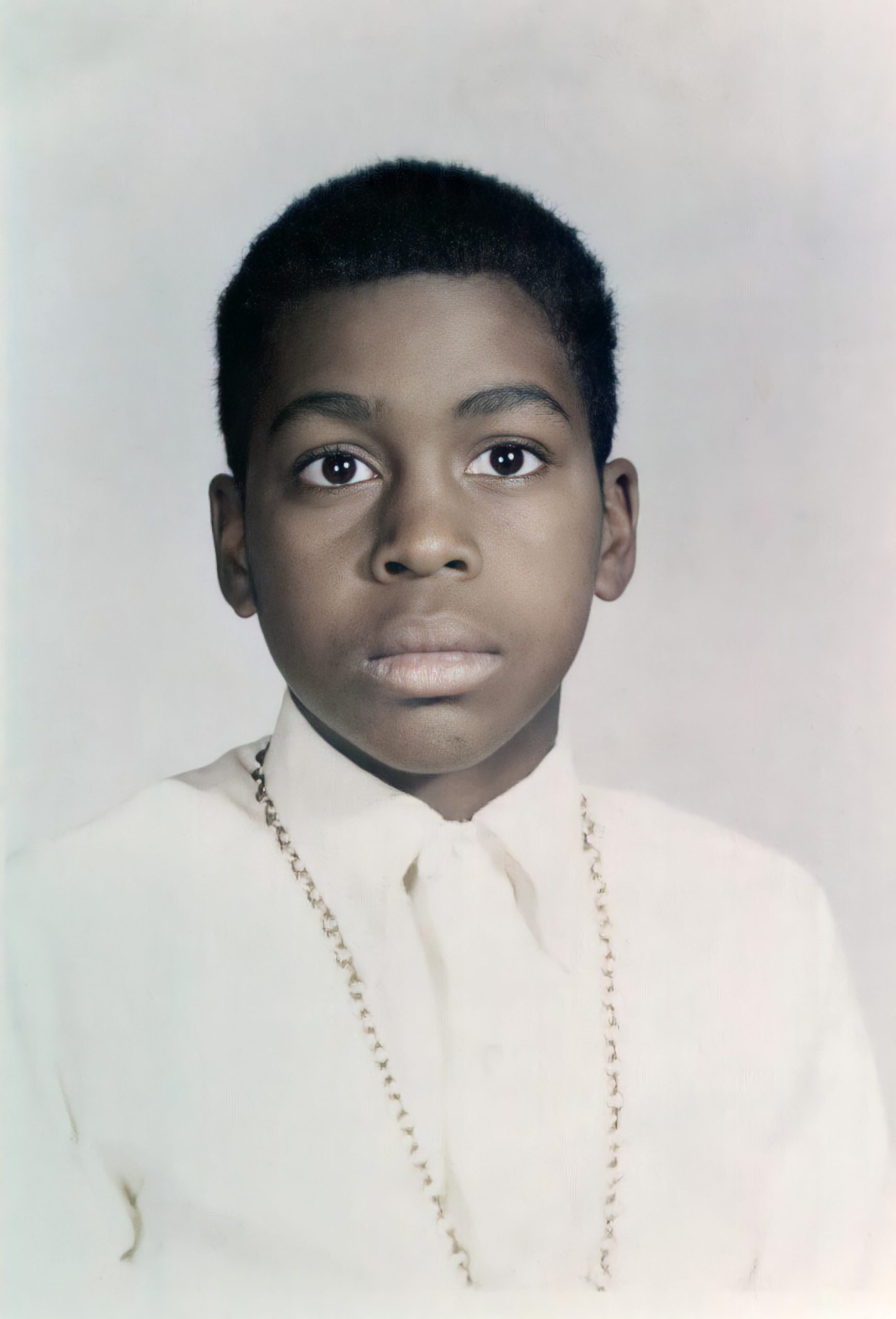
When did you know you wanted to be a brain surgeon?
Keith Black: I think it was after my first course in neuroanatomy.
I went into an accelerated program, out of high school, at the University of Michigan, where they took 50 students, and we were admitted to both the medical school and undergrad out of high school, and you got your M.D. degree in six years, in addition to your undergrad degree. In the first year there I had an opportunity to take a course in neuroanatomy, and I knew right away. As soon as I looked and started studying the anatomy of the human brain, I realized how incredibly fascinating the human brain is, and that that’s what I wanted to study. That’s what I wanted to do.
How did you manage to qualify for that kind of program in Michigan? What did you have to do to be one of the 50?
Keith Black: In addition to just having the grades and the test scores, I had demonstrated an aptitude really for research and science early on. When I was with my father one summer at the University of Pennsylvania, I would hang around the research labs at the University of Pennsylvania, which led me ultimately to try to seek out a position in a research lab when I went back to Cleveland, which I actually had an opportunity to start in the tenth grade. So I was doing research at one of the hospitals — St. Luke’s Hospital in Cleveland — in tenth and eleventh grade, and essentially spent half of my twelfth grade year doing research in a surgical research lab, and published my first paper when I was 17 years old. So you know, I had demonstrated really a focus on science and research, which I think made me competitive for the program.
Did you feel that you were different from other kids? Did it affect your social life, or the way you interacted with your classmates?
Keith Black: No. I was happy. I was social. I was popular. I liked girls. I liked sports. I had a lot of friends. Actually, I became more focused when I was in the ninth grades — in the seventh and eighth grade, my focus was really having a great time on the weekends and doing sports — and I knew that I wanted to be competitive so I became more disciplined. I would get home and study, and try to spend more time with my friends on the weekends. I didn’t consider myself to be not well-rounded and well-balanced. I had a good time.
Didn’t you win a Westinghouse Prize?
Keith Black: Yes. It was actually for my research that I was doing in the tenth and eleventh grade.
I was working in the lab of a heart surgeon who had developed his own artificial heart valve, and I had a concept that the heart valve might be damaging red blood cells, so I asked to do a research project using a scanning electron microscope at the time. When I was trying to basically learn the technique, I took some blood from the heart-lung bypass machine from patients undergoing heart-lung bypass, and when I incubated the red blood cells overnight, I noticed that a certain percentage of these cells change from their normal discoid shape to one that resembled a porcupine, called an econocyte. What I did was to describe the discocyte-econocyte transformation in patients undergoing heart-lung bypass, as an index of sublethal red blood cell damage. The importance being that the blood cells could not parachute through the small capillaries. Normally a capillary is about five microns, and the blood cell is seven, and it has to parachute through. The econocytes get stuck and can cause blockage in those capillaries.
You were doing this at the age of 17?
Keith Black: Yes.
What was it like getting through college, both bachelor’s degree and medical school, in six years?
Keith Black: When I got into the six-year medical program I was actually scared. I said, “I’m not a genius. All these kids coming into class are going to be geniuses. I’m going to get blown away. This isn’t going to be a lot of fun at all.” But I remember the first class that we had, it was sort of an accelerated chemistry class, especially for our group, and it was essentially inorganic chemistry. Basically moles and molecules.
We had a professor who had both a Ph.D. in chemistry and biology at the age of 23. I remember studying with my classmates for the first quiz that he had and, you know, you were all in the same dorm, and you go to their room and ask a question about this problem, and they said, “Oh yeah, on page 45. There’s this equation like this on page 45.” Oh my goodness, this isn’t going to be good! And I walked into the quiz and we looked at it. And the quiz was, “If you have two organisms — organism A and organism B — and organism A utilizes carbohydrate as its main energy source, and organism B utilizes protein, and you put them both in a capsule with two liters of oxygen and you shoot them off the moon, which one is going to run out of oxygen first?” And I said, “Well, this doesn’t have anything to do with what we were studying.” And then I realized what it was. It’s a conceptual problem. You take what you had learned, and you apply it, and then you figure out — you convert the moles to oxygen and so forth, and figure out how many moles can be converted to carbon dioxide. But the people that had memorized all the equations had a very difficult time. Conceptually, I was very good, so I figured it out very quick and wrote it down and walked out after about 15 minutes, and everybody thought I was a genius.
I found it very easy, because they wanted you to conceptualize, and to think, and not just to memorize. I had a good time. I enjoyed it. I could get done what I needed to do. I actually started doing research, because I had additional spare time, and I also had time during those years to learn to fly. I got my pilot’s license and traveled around and did a lot of scuba diving and so forth. So I had a great time.

Spare time? You were going to class during the day, and we’ve read that you used to work in the research lab from 11:00 at night to 3:00 or 4:00 in the morning!
Keith Black: Right.
What kind of life was that? How did you manage that?
Keith Black: It’s play.
In medical school, you’re required to memorize a body of facts. You go to gross anatomy, and you learn what muscles attach where and what goes where. You memorize it. When you go into the research lab you’re creating new knowledge, and it was play for me. It was like doing art, or writing poetry, or painting on a canvas. So it wasn’t work. When I was in the research lab from 2:00 to 4:00 o’clock in the morning, it wasn’t work for me. It was play. It’s what I enjoyed doing. Now for someone that didn’t like research it would be really hard work, but for someone who enjoyed it, it was fun.
